Broodstock fed a pelleted diet will spawn and produce viable eggs and larvae
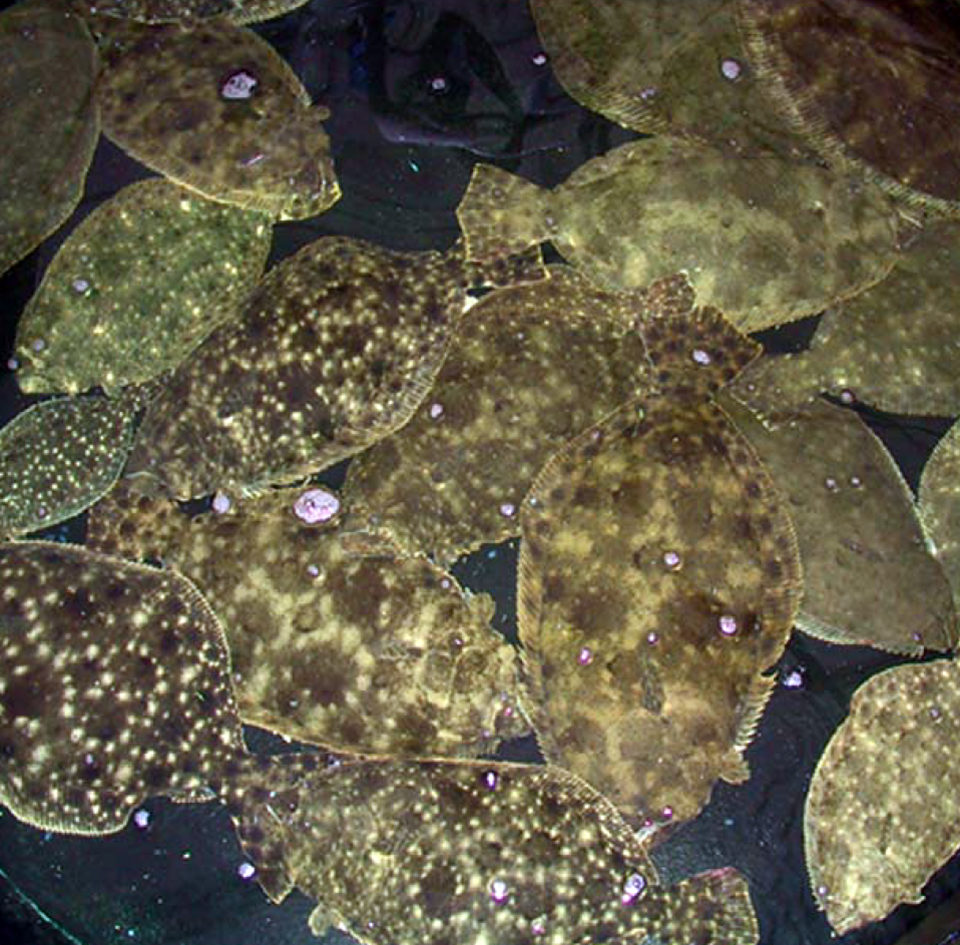
Worldwide interest in the culture of various flatfish species has developed because of continuing declines in wild stocks combined with consistent high demand and market value. According to the National Marine Fisheries Service, the flounder fishery in Florida, USA, declined from 330 metric tons (MT) to 118 MT over the past 25 years. Current landings of flounder are inadequate to meet demand, and as a result, U.S. flounder imports have risen dramatically to 21,000 MT, contributing U.S. $288 million to the $7 billion seafood trade deficit.
The southern flounder (Paralichthys lethostigma) is a high-value species that has been considered a good candidate for aquaculture because of its tolerance to a range of salinities, temperatures and culture conditions. Some research methods and culture protocols have been developed for this species. However, a bottleneck exists with respect to the production of high-quality gametes, larvae, and fingerlings. Currently, too few fingerlings are produced.
To support the development of commercial flounder grow-out operations, simple and reliable hatchery techniques for southern flounder are needed. The goal of a study by the authors was to develop reliable techniques to spawn southern flounder. The objectives were to evaluate gamete quality and fertilization success from tank spawnings of fish fed a diet of thawed fish or a practical grow-out diet.
Broodstock conditioning
Southern flounder were distributed between two 20-cubic-meter recirculating aquaculture systems during the summer of 2002. Each system was stocked with 20 wild-caught females of 1.2 ± 0.4 kg and 15 hatchery-reared males of 0.6 ± 0.2 kg.
The broodstock were fed daily a diet of thawed fish that included Atlantic silversides, Spanish sardines, and anchovies. After acclimating for 30 to 45 days, broodstock in one system were transitioned to a commercial 12-mm floating pelleted diet with 50 percent protein and 12 percent lipid, while the other fish remained on the diet of thawed fish. The fish were fed daily to satiation or 0.25 percent body weight.
The recirculating systems were maintained under a natural photoperiod with temperature control (Fig. 1). Water quality parameters were carefully managed to maintain optimal conditions with total ammonia nitrogen of 2 milligrams per liter or lower, nitrite at 10 milligrams per liter or lower, and dissolved oxygen values of 5 milligrams per liter or higher.
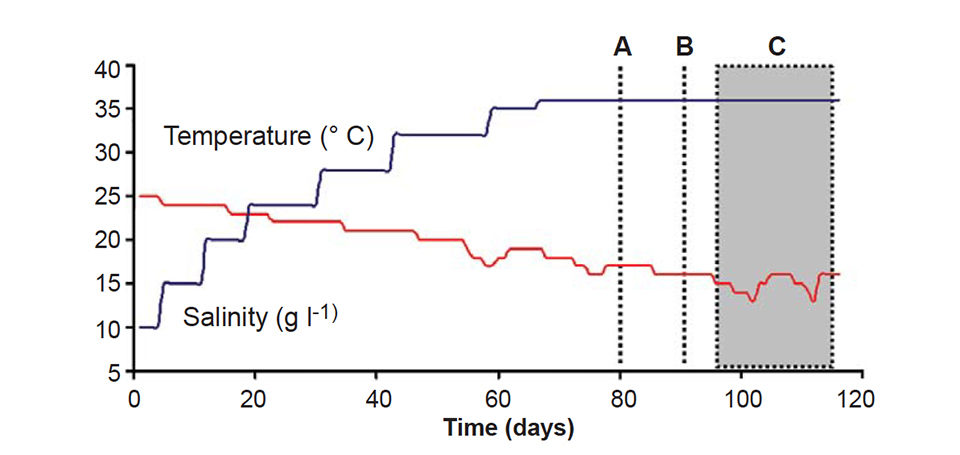
After 87 days, two spawns were collected from the broodstock fed thawed fish. The spawns had only about 26,000 eggs with fertilization less than 1 percent. After sampling fish from both stems and observing ripe eggs and flowing milt, all fish were implanted with a 75-µg, slow-release pellet of gonadotropin-releasing hormone. Approximately 72 hours after implantation, fertilized eggs were collected from each system.
Spawning, broodstock performance
Natural tank spawns were collected from each population of broodstock over the two-year study period (Table 1). For the population of broodstock fed thawed fish, egg production ranged 6,000 to 181,000 eggs, and fertilization rates were 38 ± 30 percent. For the broodstock fed the commercial diet, egg production ranged 9,000 to 188,000 eggs, and fertilization rates were 40 ± 38 percent.
Riley, Spawns collected from populations of broodstock, Table 1
| Diet | Spawns Collected | Average Eggs Per Spawn | Total Egg Production | Fertilization (%) | Hatch (%) |
|---|
Diet | Spawns Collected | Average Eggs Per Spawn | Total Egg Production | Fertilization (%) | Hatch (%) |
|---|---|---|---|---|---|
| 2003 | |||||
| Pellets | 17 | 60,700 | 1,031,900 | 42 ± 38 | NA |
| Fish | 21 | 43,800 | 920,000 | 42 ± 39 | NA |
| 2004 | |||||
| Pellets | 14 | 81,700 | 1,143,500 | 37 ± 37 | 38 ± 35 |
| Fish | 11 | 38,018 | 418,200 | 34 ± 11 | 29 ± 4 |
Egg production was highly variable among spawns, but on average, the pellet-fed fish produced higher-quality eggs in greater quantities. A comparison of egg samples from each population of broodstock revealed no significant differences in the levels or ratios of docosahexaenoic acid, eicosapentaenoic acid, and arachidonic acid.
This study demonstrated that flounder broodstock fed a pelleted diet will spawn and produce viable eggs and larvae. A more thorough understanding of the nutritional requirements of flounder broodstock will lead to management strategies to improve the fecundity of adult fish, egg quality and biochemistry, and ultimately larval survival and fitness.
Flounder domestication program
Since 2001, researchers at Harbor Branch Oceanographic Institution and the USDA Agricultural Research Service have worked to develop year-round spawning methods and advance hatchery techniques for the southern flounder. These efforts resulted in the successful production of domesticated F1 and F2 flounder broodstock. Today these broodstock are fully weaned on artificial diets and reliably spawn with proper conditioning. Current research efforts are focused on the development of specialized feed formulations to improve broodstock conditioning.
(Editor’s Note: This article was originally published in the October 2005 print edition of the Global Aquaculture Advocate.)
Now that you've reached the end of the article ...
… please consider supporting GSA’s mission to advance responsible seafood practices through education, advocacy and third-party assurances. The Advocate aims to document the evolution of responsible seafood practices and share the expansive knowledge of our vast network of contributors.
By becoming a Global Seafood Alliance member, you’re ensuring that all of the pre-competitive work we do through member benefits, resources and events can continue. Individual membership costs just $50 a year.
Not a GSA member? Join us.
Authors
-
Kenneth Riley, M.Sc.
Harbor Branch Oceanographic Institution
Aquaculture Division
5600 U.S. Highway 1 North
Fort Pierce, Florida 34946 USA -
Marty Riche, Ph.D.
USDA Agricultural Research Service
Fort Pierce, Florida, USA
Tagged With
Related Posts
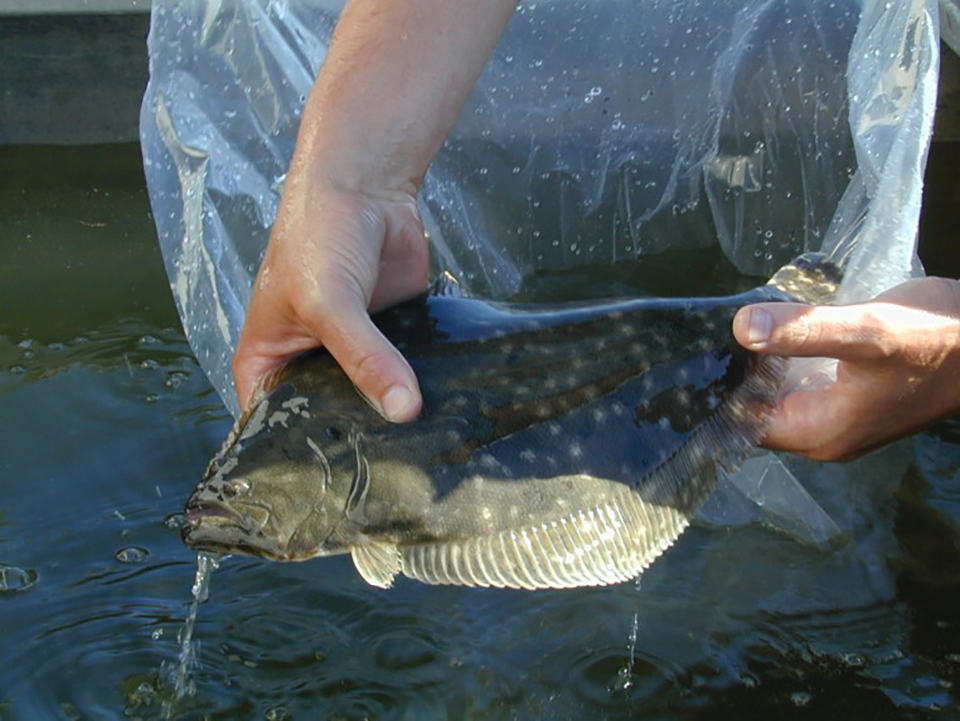
Responsibility
Southern flounder culture at Texas Parks and Wildlife Department
The Texas Parks and Wildlife Department’s southern flounder stock enhancement has stocked more than 400,000 fingerlings into Texas bays and estuaries.
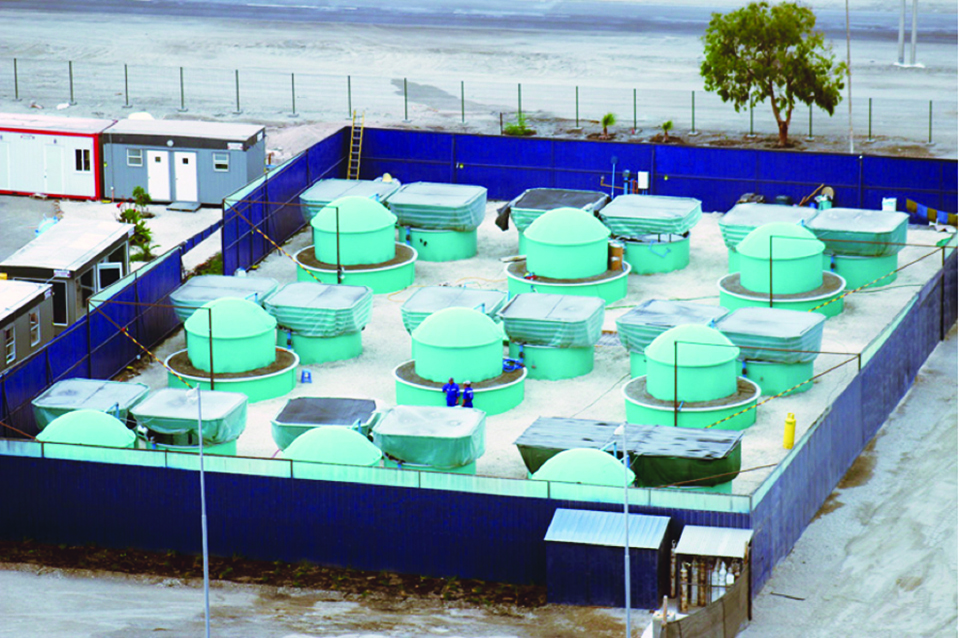
Health & Welfare
Cobia culture in recirculating systems
A unique pilot project supported by northern Chile’s biggest power-generating company and the Undersecretary of Fisheries and Aquaculture is raising cobia in a recirculating aquaculture system in the desert.
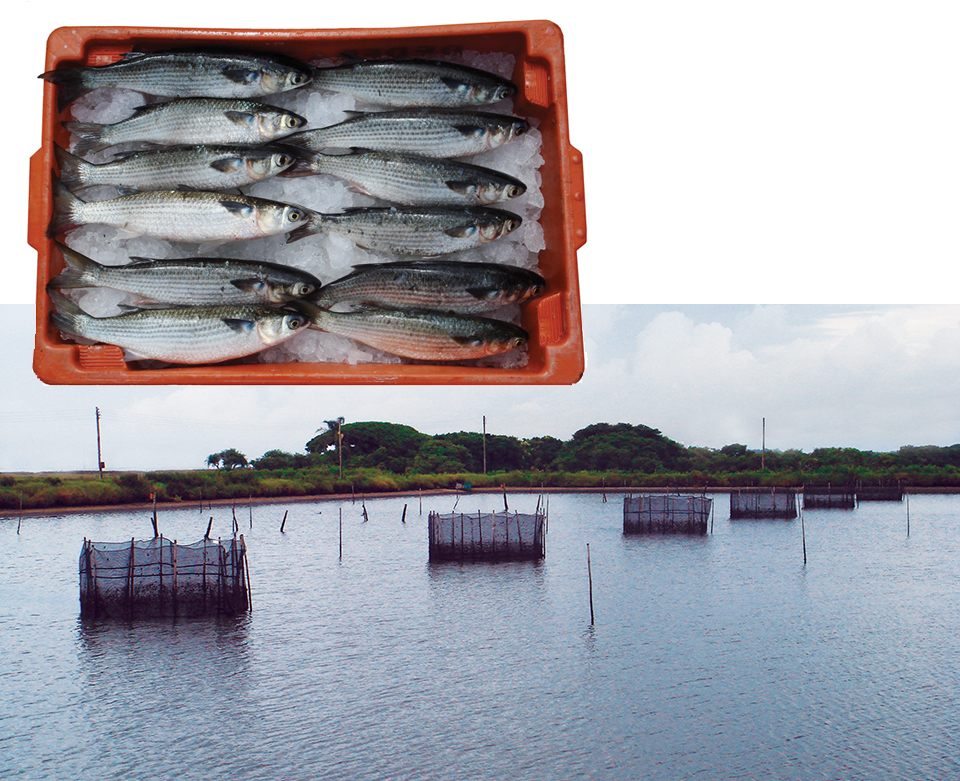
Intelligence
Marine fish culture in Brazil
Marine fish farming in Brazil appears promising. A new cobia research network will support industry growth through standardization, development of technology and training.
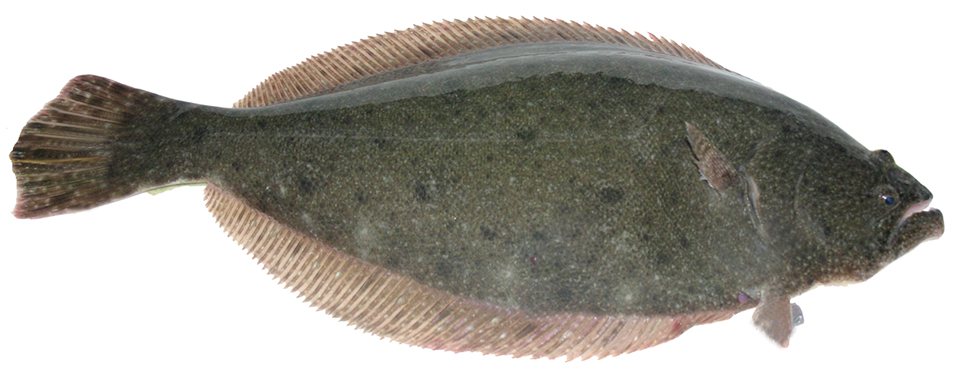
Intelligence
Southern Brazilian flounder
Work on the reproduction and larval rearing of southern Brazilian flounder supports the feasibility of flounder culture. Further research will improve weaning and grow-out techniques for the species.



